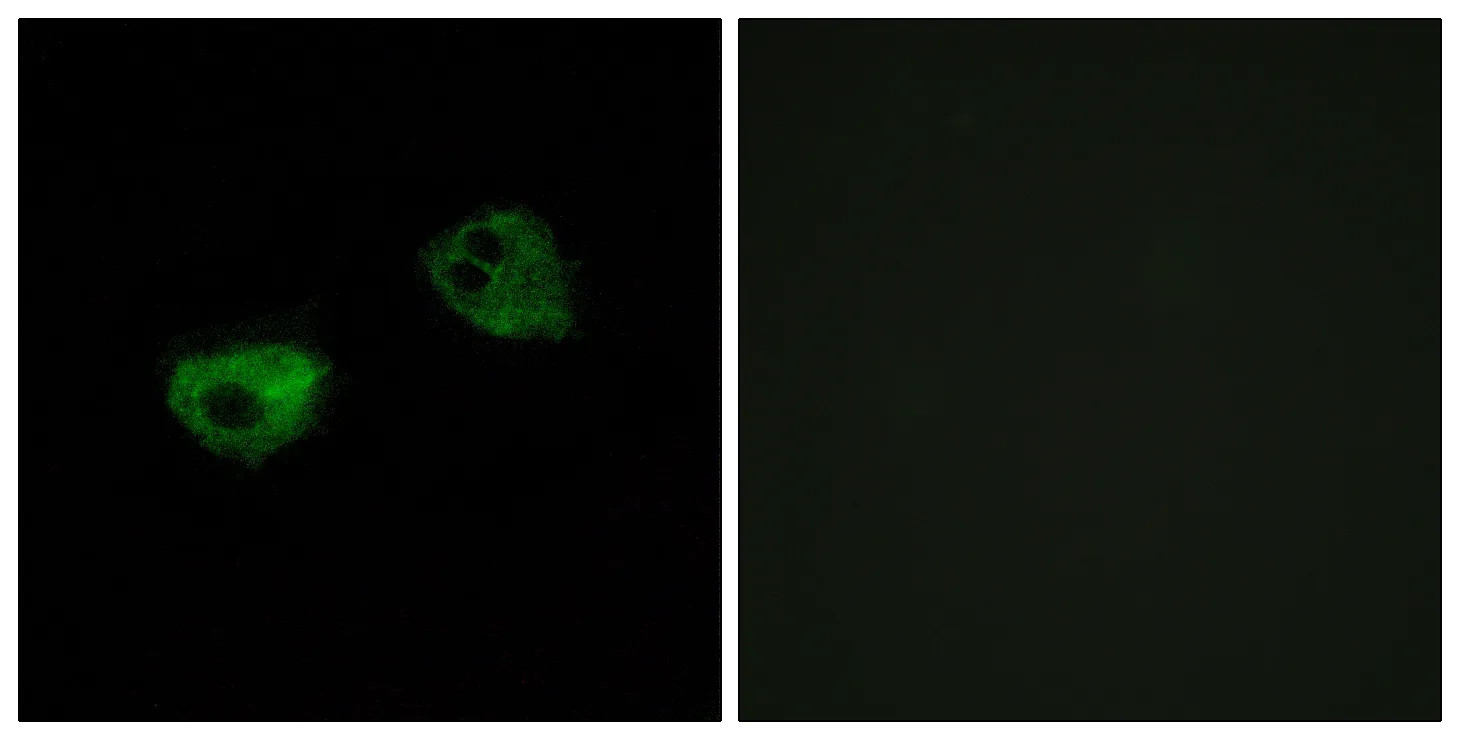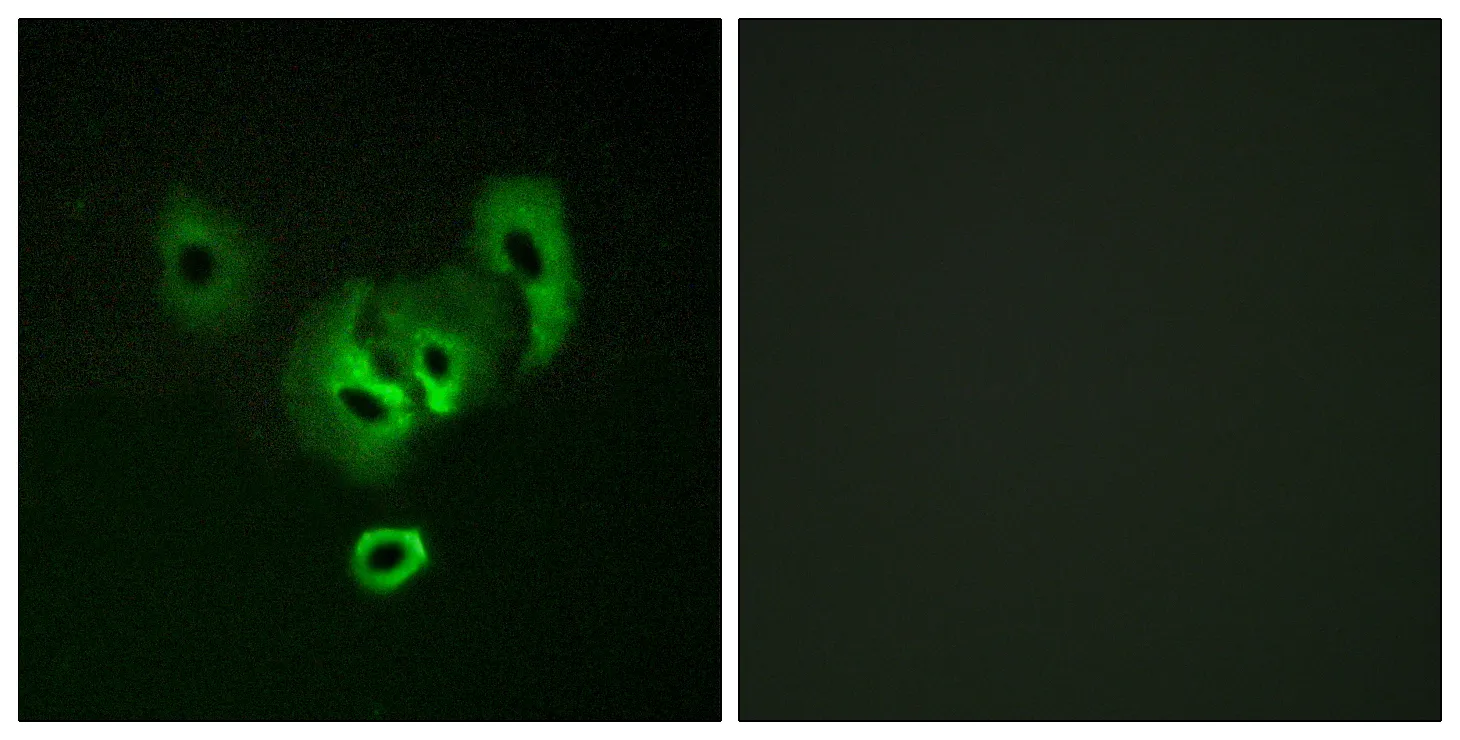Summary
Performance
Immunogen
Application
Background
This gene encodes a member of the STAT-induced STAT inhibitor (SSI), also known as suppressor of cytokine signaling (SOCS), family. SSI family members are cytokine-inducible negative regulators of cytokine signaling. The expression of this gene can be induced by a subset of cytokines, including IL2, IL3 erythropoietin (EPO), CSF2/GM-CSF, and interferon (IFN)-gamma. The protein encoded by this gene functions downstream of cytokine receptors, and takes part in a negative feedback loop to attenuate cytokine signaling. Knockout studies in mice suggested the role of this gene as a modulator of IFN-gamma action, which is required for normal postnatal growth and survival. [provided by RefSeq, Jul 2008],domain:The ESS and SH2 domains are required for JAK phosphotyrosine binding. Further interaction with the KIR domain is necessary for signal and kinase inhibition.,domain:The SOCS box domain mediates the interaction with the Elongin BC complex, an adapter module in different E3 ubiquitin ligase complexes. The Elongin BC complex binding domain is also known as BC-box with the consensus [APST]-L-x(3)-C-x(3)-[AILV] and is part of the SOCS box.,function:SOCS family proteins form part of a classical negative feedback system that regulates cytokine signal transduction. SOCS1 is involved in negative regulation of cytokines that signal through the JAK/STAT3 pathway. Through binding to JAKs, inhibits their kinase activity. In vitro, also suppresses Tec protein-tyrosine activity. Appears to be a major regulator of signaling by interleukin 6 (IL6) and leukemia inhibitory factor (LIF). Regulates interferon-gamma mediated sensory neuron survival (By similarity). Probable substrate recognition component of an ECS (Elongin BC-CUL2/5-SOCS-box protein) E3 ubiquitin ligase complex which mediates the ubiquitination and subsequent proteasomal degradation of target proteins. Seems to recognize JAK2.,induction:By a subset of cytokines including those belonging to the interferon, interleukin and colony-stimulating factor families.,pathway:Protein modification; protein ubiquitination.,similarity:Contains 1 SH2 domain.,similarity:Contains 1 SOCS box domain.,subunit:Interacts with multiple activated signaling proteins of the tyrosine kinase signaling pathway including JAK family kinases, TEC, KIT, GRB2 and VAV. Binding to JAKs is mediated through the KIR and SH2 domains to a phosphorylated tyrosine residue within the JAK JH1 domain. Binds the SH3 domain of GRB2 via diproline determinants in the N-terminus, and the N-terminal regulatory domain of VAV (By similarity). Interacts with the Elongin BC complex (TCEB1 and TCEB2). Component of an ECS CBC(SOCS1) E3 ubiquitin-protein ligase complex which contains Elongin BC, CUL5, RBX1 and SOCS1 (By similarity). Interacts with TRIM8 (By similarity). Interacts with CUL2.,tissue specificity:Expressed in all tissues with high expression in spleen, small intestine and peripheral blood leukocytes.,
Research Area
Ubiquitin mediated proteolysis;Jak_STAT;Insulin_Receptor;Type II diabetes mellitus;




